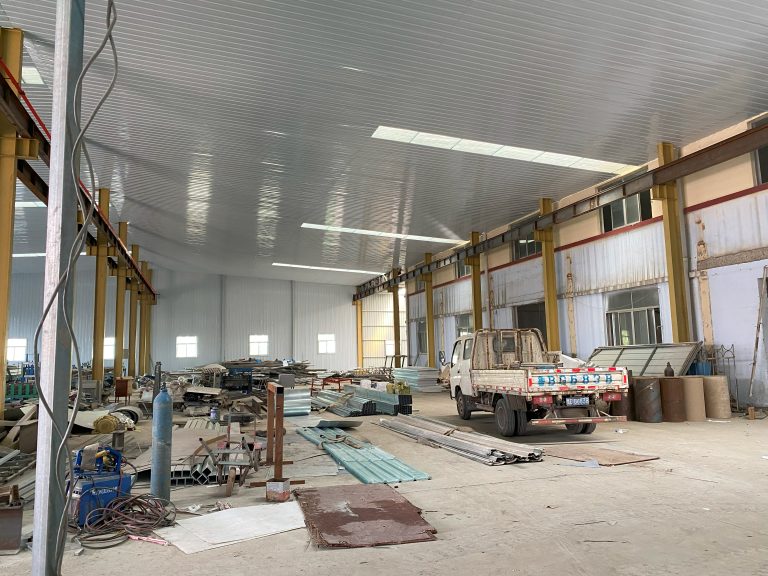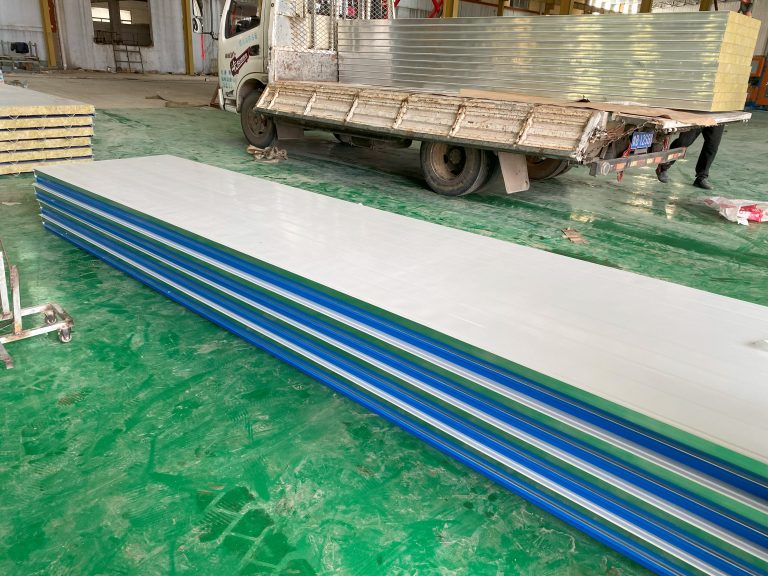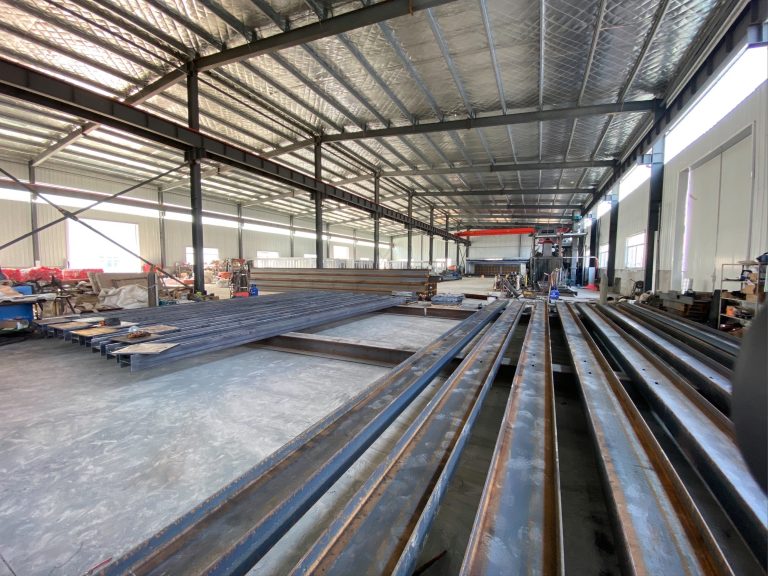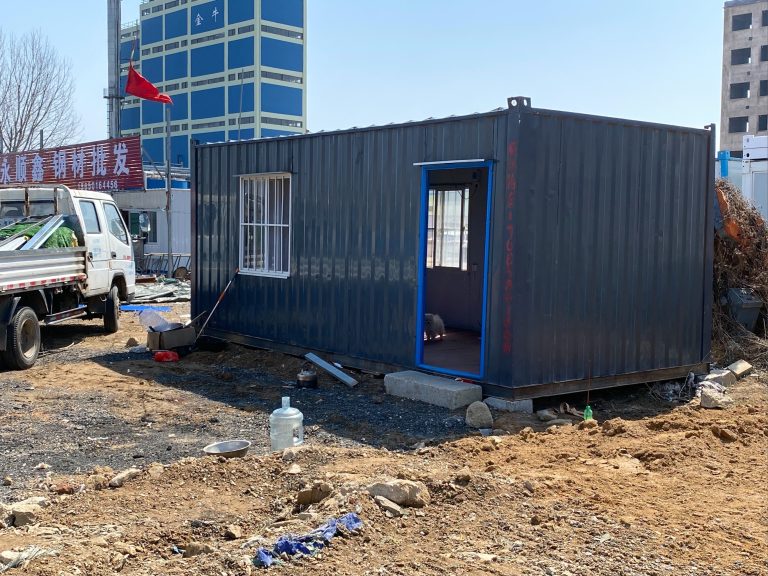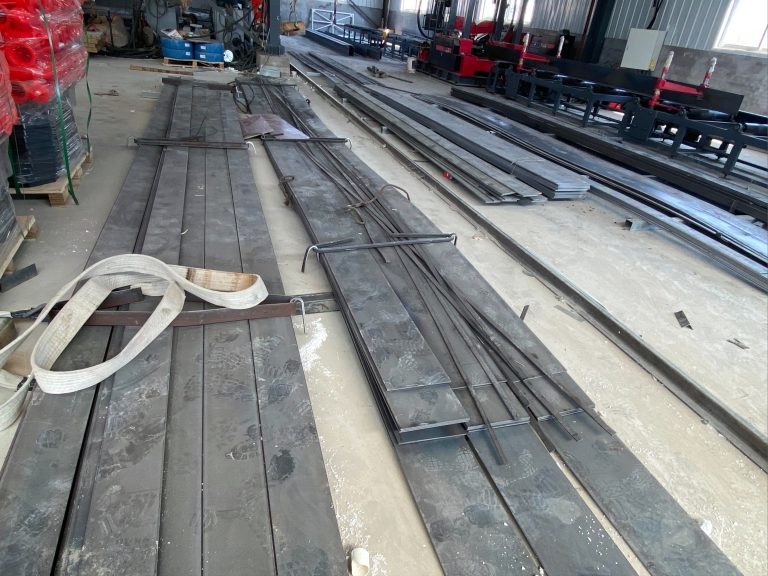Steel structure design and construction optimization under the concept of green building
Table of Contents
Sustainable Materials for Steel Structure Design
Steel structures have long been a popular choice for construction due to their strength, durability, and versatility. However, as the world becomes more focused on sustainability and environmental impact, the design and construction of steel structures are evolving to meet these new demands. The concept of green building has become increasingly important in the construction industry, with a focus on reducing energy consumption, minimizing waste, and using sustainable materials. In this article, we will explore how steel structure design and construction can be optimized under the concept of green building.
One of the key considerations in green building is the use of sustainable materials. Steel is already a highly recyclable material, with a recycling rate of over 90% in many countries. By using recycled steel in construction projects, the environmental impact of steel structures can be significantly reduced. In addition to using recycled steel, designers can also specify steel that has been produced using energy-efficient methods, further reducing the carbon footprint of the project.
Another important aspect of green building is energy efficiency. Steel structures can be designed to maximize natural light and ventilation, reducing the need for artificial lighting and heating. By incorporating features such as skylights, large windows, and open floor plans, designers can create spaces that are not only aesthetically pleasing but also energy-efficient. In addition, steel structures can be insulated to improve thermal performance, further reducing energy consumption.
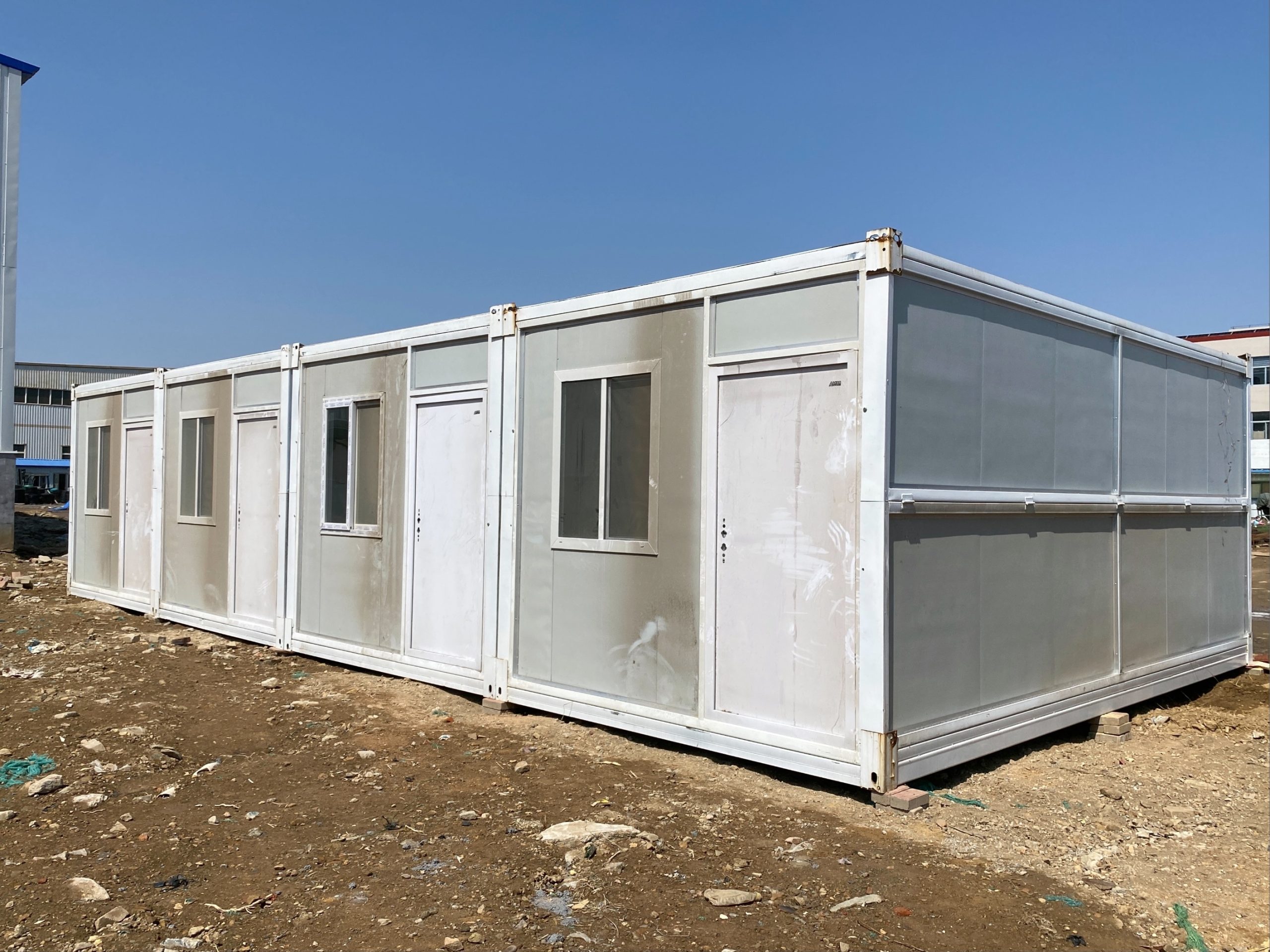
In terms of construction optimization, prefabrication and modular construction techniques can be used to minimize waste and reduce construction time. Prefabricated steel components can be manufactured off-site and assembled on-site, reducing the amount of material waste generated during construction. Modular construction allows for greater precision and efficiency in the construction process, resulting in faster build times and lower costs. By optimizing the design and construction process, steel structures can be built more sustainably and efficiently.
In addition to using sustainable materials and optimizing construction techniques, designers can also incorporate green building certifications into their projects. Certifications such as LEED (Leadership in Energy and Environmental Design) provide a framework for evaluating the sustainability of a building, taking into account factors such as energy efficiency, water usage, and indoor air quality. By designing steel structures to meet the criteria for green building certifications, designers can demonstrate their commitment to sustainability and environmental responsibility.
Overall, the design and construction of steel structures can be optimized under the concept of green building by using sustainable materials, maximizing energy efficiency, and implementing construction optimization techniques. By incorporating these principles into their projects, designers can create buildings that are not only environmentally friendly but also cost-effective and aesthetically pleasing. As the construction industry continues to evolve, the importance of green building will only continue to grow, and steel structures will play a key role in meeting these new sustainability challenges.
Energy-Efficient Construction Techniques for Green Building Steel Structures
Steel structures have long been a popular choice for construction due to their durability, strength, and versatility. However, as the world becomes more focused on sustainability and environmental conservation, the design and construction of steel structures are being optimized under the concept of green building. This involves incorporating energy-efficient construction techniques to minimize the environmental impact of steel structures while maximizing their efficiency and longevity.
One of the key considerations in the design and construction of steel structures under the concept of green building is the use of sustainable materials. This includes using recycled steel and other environmentally friendly materials that have a lower carbon footprint. By using recycled steel, the demand for new steel production is reduced, which in turn helps to conserve natural resources and reduce greenhouse gas emissions. Additionally, using sustainable materials can also help to improve the overall energy efficiency of the structure.
Another important aspect of optimizing steel structures for green building is the design of the building envelope. The building envelope refers to the exterior shell of the building, including the walls, roof, and windows. By designing the building envelope to be energy-efficient, it can help to reduce the energy consumption of the building by minimizing heat loss and gain. This can be achieved through the use of high-performance insulation, energy-efficient windows, and reflective roofing materials. By optimizing the building envelope, the overall energy efficiency of the steel structure can be greatly improved.
In addition to sustainable materials and energy-efficient building envelopes, the design and construction of steel structures can also be optimized through the use of renewable energy sources. This includes incorporating solar panels, wind turbines, and other renewable energy technologies into the design of the structure. By generating renewable energy on-site, the steel structure can reduce its reliance on traditional energy sources and lower its overall carbon footprint. This not only helps to make the structure more environmentally friendly but can also lead to long-term cost savings on energy bills.
Furthermore, the design and construction of steel structures under the concept of green building can also benefit from the use of passive design strategies. Passive design strategies involve designing the building to take advantage of natural resources such as sunlight, wind, and natural ventilation to reduce the need for artificial heating, cooling, and lighting. By incorporating passive design strategies into the steel structure, it can help to improve indoor comfort, reduce energy consumption, and enhance the overall sustainability of the building.
Overall, the optimization of steel structures for green building involves a holistic approach that considers the use of sustainable materials, energy-efficient building envelopes, renewable energy sources, and passive design strategies. By incorporating these elements into the design and construction of steel structures, it is possible to create buildings that are not only environmentally friendly but also efficient, durable, and cost-effective. As the world continues to prioritize sustainability and environmental conservation, the optimization of steel structures for green building will play an increasingly important role in the construction industry. By embracing energy-efficient construction techniques for steel structures, we can help to create a more sustainable built environment for future generations.

